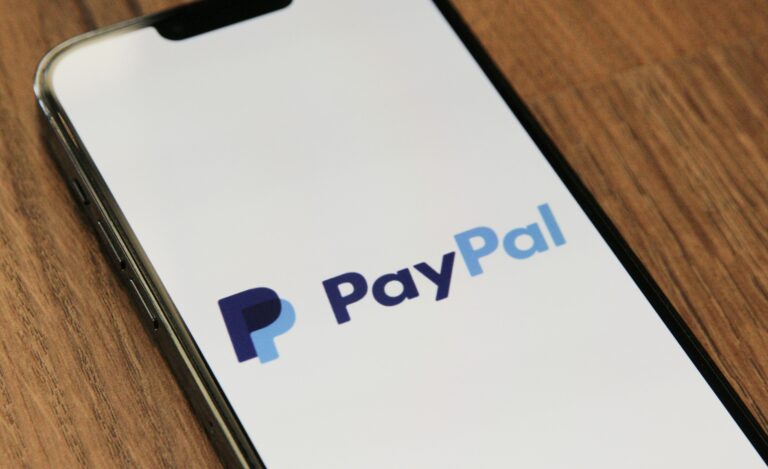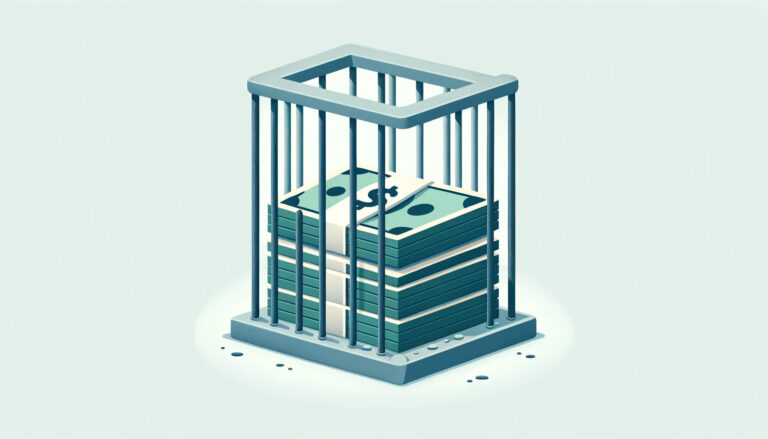The economy right now is a minefield for businesses.
New tariffs, the removal of the de minimis rule, and shifting supply chains have sent costs soaring and consumer confidence plummeting.
A slightly silver lining is available, however. Buy Now, Pay Later (BNPL) and payment installment plans are two payment options that can help you weather the storm. These payment solutions can help businesses offset the impact of tariffs and the end of de minimis.
The Tariff and De Minimis Mess: What’s Happening?
Tariffs-essentially taxes on imported goods-surged to historic highs. The U.S. average effective tariff rate jumped to over 22%, with some goods from China facing rates as high as 125%.
These costs ripple through supply chains, raising prices for everything from electronics to apparel. The result? Higher prices for consumers, squeezed margins for businesses, and a significant drag on economic growth.
De minimis is a trade rule that allowed imports valued below $800 to enter the U.S. duty-free. For years, this loophole fueled the rise of direct-to-consumer e-commerce. It let platforms like Shein and Temu bypass hefty import duties and offer rock-bottom prices.
But the U.S. chose to close the de minimis exemption for shipments from China, with a 120% duty or a $100–$200 flat fee per package now imposed.
The result is a huge cost increase for small businesses and consumers alike, as well as massive administrative headaches for customs authorities.
Key Impacts of These Changes
- Soaring import costs for businesses.
- Disrupted supply chains, with delays and backlogs at ports.
- Small businesses, which relied on de minimis for affordable inventory, now face higher prices or risk losing customers.
- Consumers are more price-sensitive, with reduced discretionary spending power.
BNPL and Installments Ease the Pain for Businesses and Consumers
Buy Now, Pay Later (BNPL) and payment installment plans allow customers to split their purchases into smaller, manageable payments over time-often with no interest or fees if paid on schedule.
While BNPL has been a staple in consumer finance for years, its value continues to skyrocket in the current tariff and de minimis environment.
How BNPL Helps Businesses Navigate Tariffs and De Minimis Fallout
1. Cushioning Sticker Shock
Tariffs and the end of de minimis have forced many businesses to raise prices, risking a drop in sales as customers balk at higher costs.
By offering BNPL or installment plans, businesses can soften the blow. Customers see a lower upfront payment, making higher-priced goods feel more accessible-even if the total cost has increased due to tariffs.
2. Protecting Sales Volumes
Economic uncertainty and price hikes make consumers hesitant to spend. BNPL options reduce this friction, encouraging purchases that might otherwise be delayed or abandoned.
Businesses report higher conversion rates and increased average order values when BNPL is available.
3. Improving Cash Flow
BNPL providers typically pay businesses upfront for the full purchase amount, while collecting installment payments from customers over time. This arrangement ensures steady cash flow for merchants, even as customers enjoy flexible payment terms.
4. Expanding Customer Base
With tariffs disproportionately impacting lower- and middle-income households, affordability is key. BNPL opens doors for customers who might not have the cash-or credit-to pay full price at checkout, broadening a business’s reach.
OFFER WHITE-LABEL BNPL AT CHECKOUT
Real-World Applications: Who’s Using BNPL to Survive?
Let’s take a look at some industries who thrive by offering BNPL and installment plans at checkout.
E-commerce Retailers
Online stores selling tariff-hit goods-like electronics, apparel, and home goods-are leveraging BNPL to maintain sales. By spreading out payments, they make higher prices palatable to customers who are feeling the pinch from tariffs and the loss of de minimis.
Manufacturers and Wholesalers
Installment plans aren’t just for consumers. Manufacturers facing higher input costs due to tariffs can offer payment terms to distributors and retailers, easing cash flow pressures throughout the supply chain.
Service Providers
Businesses that rely on imported equipment or materials-now more expensive due to tariffs-can use payment plans to help clients absorb increased costs, keeping projects moving forward.
OFFER THE PAYMENT METHOD YOUR CUSTOMERS WANT
Practical Strategies for Implementing BNPL and Installment Plans
1. Integrate BNPL at Checkout
Make BNPL options visible and easy to use at checkout. Leading providers like Afterpay, Klarna, and Affirm offer seamless integrations for e-commerce platforms.
2. Use Installment Plans for High-Value or Tariffed Items
Highlight installment options on products most affected by tariffs or de minimis changes. This can help move inventory that might otherwise stagnate due to price sensitivity.
3. Communicate Transparently
Explain price increases and the value of flexible payment options. Customers appreciate honesty about the impact of tariffs and de minimis changes, and will value your efforts to help them manage costs.
4. Monitor Sales Tax Implications
BNPL can complicate sales tax collection, as payments are spread over time. Ensure your systems are set up to collect and remit taxes accurately for installment transactions.
5. Leverage BNPL in Marketing
Promote BNPL options in your advertising and email campaigns. Emphasize affordability and flexibility to attract budget-conscious shoppers.
The Bottom Line: BNPL as a Lifeline in a High-Tariff World
The combination of new tariffs and the removal of the de minimis rule has created challenges for businesses of all sizes. Costs are up, supply chains are strained, and consumer demand is shaky.
In this environment, BNPL and payment installment plans are more than just a convenience.
By making higher prices manageable, protecting sales, and improving cash flow, BNPL helps businesses stay resilient and competitive. As the trade landscape continues to evolve, companies that embrace flexible payment solutions will be best positioned to survive and even thrive amid the tariff and de minimis mess.
Key Takeaway
If your business is feeling the squeeze from tariffs or the end of de minimis, now is the time to explore BNPL and installment plans. These tools can help you maintain sales, support your customers, and keep your business moving forward in an unpredictable global market.
Stay agile, stay flexible, and let BNPL be your buffer against the shocks of global trade.









